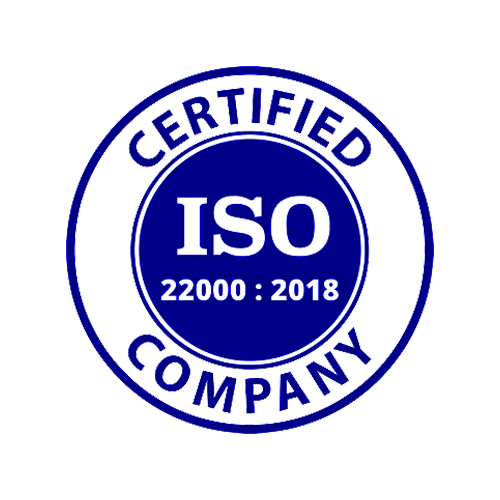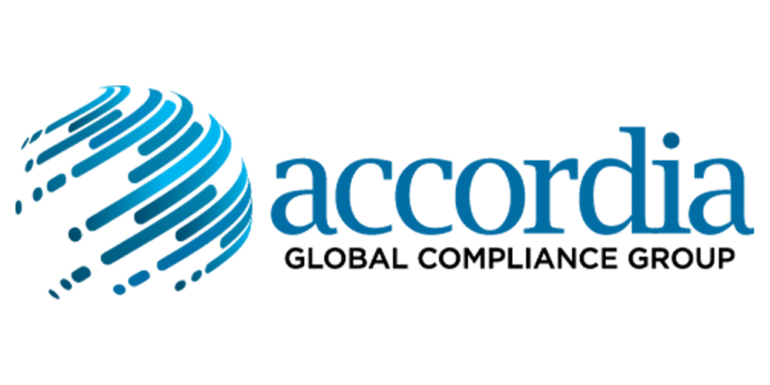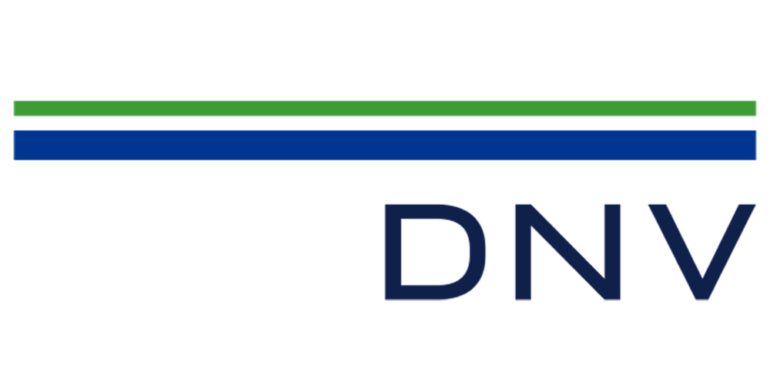The Sedex audit framework assessment, particularly, the SMETA (Sedex Member Ethical Trade Audit), and are most used framework. They are meant to assess the extent to which business organizations implement the ethical principles of carrying out business. These audits are done under various standards such as; the ILO conventions and local laws hence making the Sedex audit a very effective way of checkpoint in the supply chain.
A SEDEX audit assesses the ethical performance of businesses across key Sedex pillars:
Companies get SEDEX audits to confirm they are running their business ethically by local laws and internationally.
SMETA audits are valuable as such audits serve to show the buyers that the supplier has a serious approach to the issues under consideration. Any business seeking prospective partners among giant brands like Walmart, Tesco, and Amazon, in particular, passes through a Sedex audit. A Sedex audit ensures that the business organization has complied with the necessary ethical and social standards to attract buyers in the international market.
1. SEDEX 2-Pillar Audit
2. SEDEX 4-Pillar Audit
The SEDEX audit requirements include four main categories that will guarantee a review of the entire business conduct of a certain firm.
1. Labor Standards
The most important aspect of the SEDEX audit is labor standards These criteria ensure that workers are treated fairly and humanely in compliance with local and international labor laws:
2. Health and Safety
A company’s commitment to creating a safe and healthy working environment is another key component of the SEDEX audit:
3. Environmental Standards
SEDEX audits place a significant emphasis on environmental sustainability, reflecting growing global concern over business environmental footprints:
4. Business Ethics
Business ethics in a SEDEX audit examine how companies manage corruption risks, maintain transparency, and protect sensitive information:
Business ethics in a SEDEX audit examine how companies manage corruption risks, maintain transparency, and protect sensitive information:
1. Pre-Audit Preparation
Complete the pre-audit pack, which guides you through conducting the audit and includes the Self-Assessment Questionnaire (SAQ):
2. On-Site Visit
The audit includes an on-site visit where auditors conduct:
3. Audit Report
After the on-site visit, auditors compile a detailed report that highlights areas of compliance and non-conformance. The report is shared with the company and uploaded to the SEDEX platform, where it is accessible to stakeholders and customers.
One of the central elements of the SEDEX audit is the focus on continuous improvement. In case of any non-conformities, the companies are allowed to develop a Corrective Action Plan (CAP). This plan details the steps necessary to resolve the issues raised in the audit, such as:
Follow-up audits may be scheduled to ensure that corrective actions have been successfully implemented.
To successfully pass a SEDEX Standard, companies must provide a wide range of documentation, including:
The frequency of SEDEX audits varies based on the company’s risk level:
In addition to the fact that SEDEX audits, companies are also required pass through SEDEX registration. This stage includes signing up at SEDEX and filling the Self-Assessment Questionnaire (SAQ). The SAQ that is presented in the context aims at helping companies to assess their existing preparedness for the audit and offer auditors quantitative information prior to the assessment.
To stay at the top of the market, businesses are increasingly choosing for SEDEX compliance audits as part of their corporate responsibility strategy. Moreover, companies who wish to become suppliers to international business entities get the opportunity to contract for SEDEX ethical compliance certification consultancy services that can assist them in the course.
Are you willing to improve your company’s ethical compliance and open new markets for yourself? Apply for SEDEX Audit Requirement with Legal4sure now and see the transformation. We offer detailed SEDEX audit to guide you through every step of the certification process, from pre-audit consultation to corrective actions.
Contact Legal4sure today for a free consultation to take the first step toward Sedex Audit for Your Business!
To gain greater supply chain transparency and credibility through SEDEX, you need to get an audit. Make your company adhere to ethical policies on labour, safety, and environment. Call us now and book your appointment and take the first step towards SEDEX Audit.




























































Your next step towards expert assistance is just a message away.
©2025 All Rights Reserved | Legal4sure

©2025 All Rights Reserved | Legal4sure